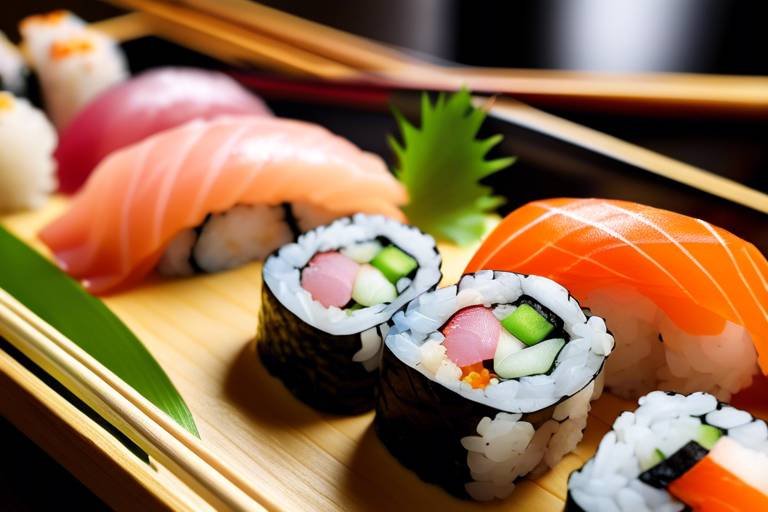The Ultimate Guide to Korean Bibimbap
Bibimbap, a delightful and vibrant dish originating from Korea, is a harmonious blend of flavors and textures that tantalize the taste buds. This traditional Korean delicacy combines a medley of fresh vegetables, savory meat, steaming rice, and a fiery gochujang sauce that packs a punch. The name "Bibimbap" itself translates to "mixed rice," reflecting the essence of this dish where various ingredients come together to create a symphony of flavors.
Rooted in ancient Korean cuisine, Bibimbap has stood the test of time and evolved into a beloved staple in Korean culture. Its rich history reflects the culinary heritage of Korea, with each ingredient and preparation method carrying a story of tradition and innovation.
The key to a perfect Bibimbap lies in its essential components. From the fluffy white rice to the colorful assortment of vegetables like spinach, mushrooms, carrots, and bean sprouts, each ingredient plays a vital role in creating a balanced and nutritious meal. The protein sources, whether it be tender beef or tofu, add depth to the dish, while the spicy gochujang sauce ties everything together with its bold and tangy flavor.
One of the most fascinating aspects of Bibimbap is the variety of vegetables used in its preparation. From the earthy crunch of zucchini to the delicate texture of fernbrake, each vegetable brings a unique taste and mouthfeel to the dish, elevating it to a culinary masterpiece.
When it comes to preparing Bibimbap, traditional techniques reign supreme. From cooking the rice to marinating the meat and sautéing the vegetables, each step is crucial in achieving the perfect balance of flavors and textures. The art of assembling the dish, with its vibrant colors and meticulous arrangement, transforms Bibimbap into a feast for both the eyes and the palate.
For those seeking a culinary adventure, Stone Bowl Bibimbap offers a thrilling twist on the classic dish. Served in a scorching hot stone bowl, this variation creates a crispy layer of rice at the bottom, adding a delightful crunch to every bite. The sizzle of the stone bowl enhances the flavors, creating a sensory experience like no other.
As Bibimbap travels across different regions in Korea, it undergoes unique transformations that reflect the local tastes and ingredients. Jeonju Bibimbap, renowned for its premium quality ingredients and meticulous presentation, showcases the artistry and craftsmanship behind this dish. On the other hand, Hemul Bibimbap introduces a seafood extravaganza with fresh shrimp, squid, and octopus, infusing the dish with a delightful oceanic essence.

History of Bibimbap
Bibimbap, a beloved dish in Korean cuisine, has a rich history that dates back to ancient times. The word "bibimbap" itself translates to "mixed rice," reflecting the essence of this flavorful dish. Originating as a simple meal made with leftover ingredients, Bibimbap has evolved over centuries to become a symbol of Korean culinary tradition and cultural heritage.
Historically, Bibimbap was a dish commonly enjoyed by farmers in Korea. It provided a hearty and nutritious meal that could be easily prepared with whatever ingredients were available. The combination of rice, vegetables, and protein sources made it a well-rounded and satisfying dish for hardworking individuals.
Over time, Bibimbap gained popularity beyond rural communities and became a staple in Korean cuisine. Its colorful presentation and harmonious blend of flavors captured the hearts of food enthusiasts both in Korea and around the world. Today, Bibimbap is not just a dish; it is a cultural icon that represents the diversity and vibrancy of Korean food culture.
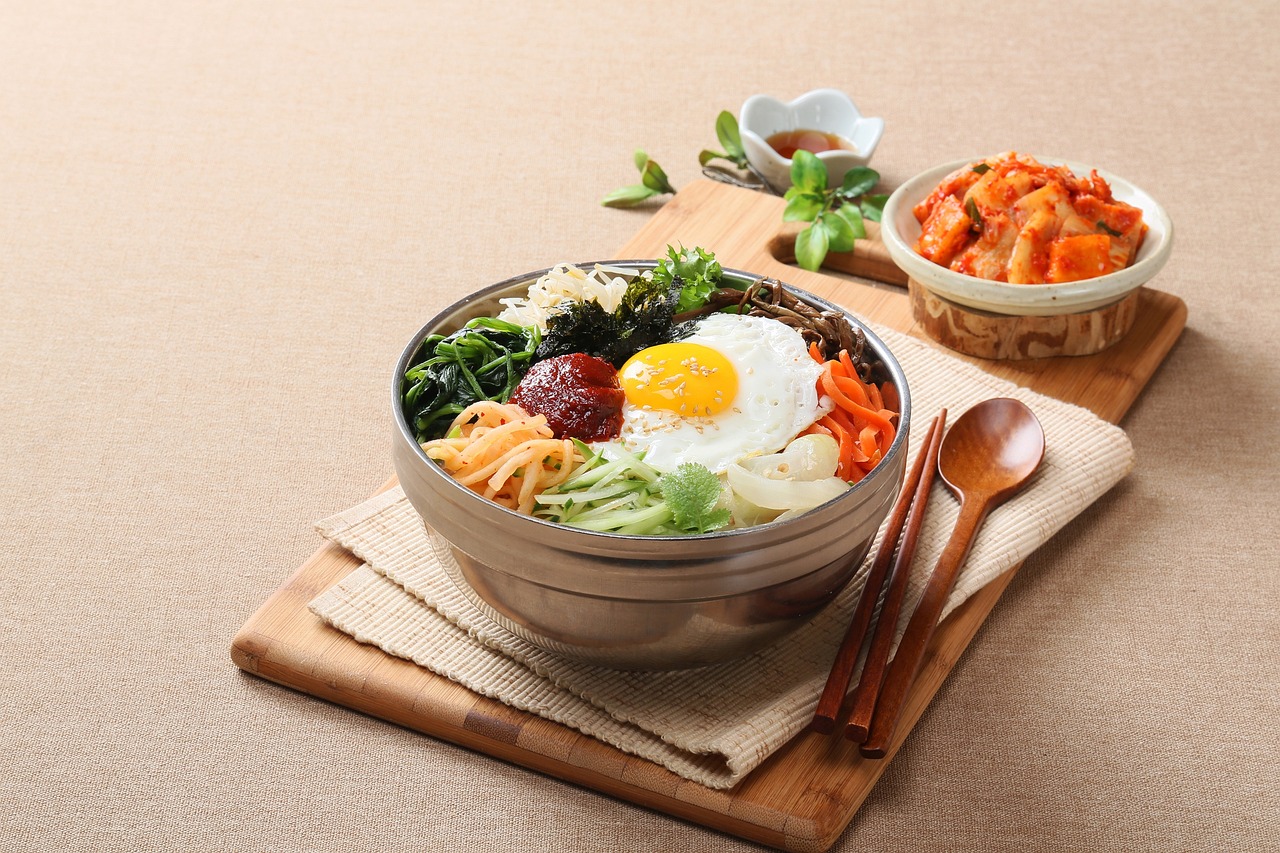
Key Ingredients
When it comes to crafting the perfect Bibimbap, the key ingredients play a crucial role in bringing together a harmonious blend of flavors and textures. At the heart of this iconic dish lies a foundation of rice, providing a comforting base for the vibrant medley of toppings. The assortment of vegetables adds a colorful and nutritious element, with classics like spinach, mushrooms, and carrots contributing their distinct tastes. For protein, Bibimbap offers a choice between succulent beef or tofu, catering to both meat lovers and vegetarians. However, what truly elevates Bibimbap to a flavor-packed delight is the spicy gochujang sauce, a fiery and tangy condiment that ties all the elements together with a kick of heat.
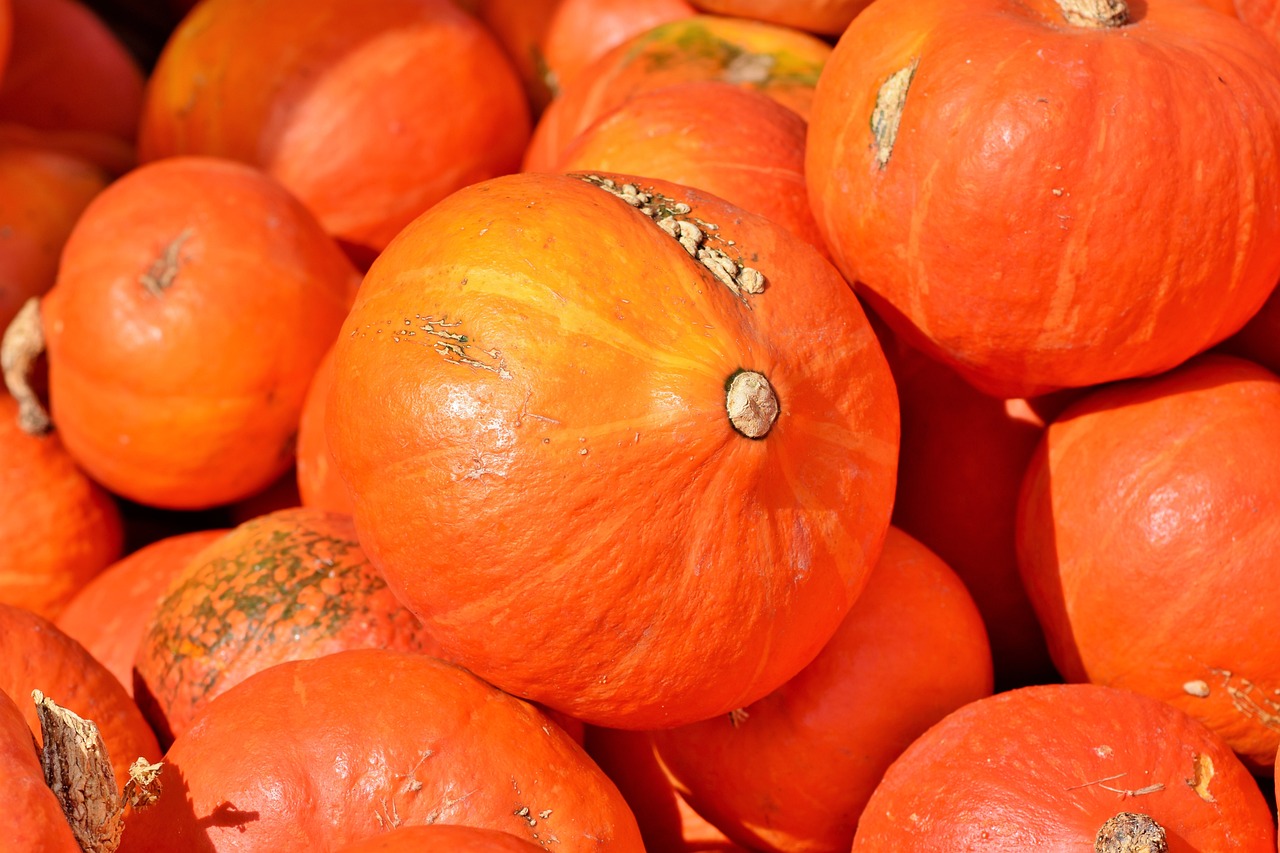
Varieties of Vegetables
Bibimbap is a colorful and vibrant dish that boasts a wide variety of vegetables, each adding its own unique touch to the overall flavor profile. From crunchy carrots to tender bean sprouts, and from zesty zucchinis to earthy fernbrake, the assortment of vegetables used in Bibimbap creates a harmonious blend of textures and tastes.
Carrots, a staple in Bibimbap, provide a satisfying crunch and a touch of sweetness to the dish. Bean sprouts, on the other hand, offer a refreshing and light element, balancing out the heartier components like rice and meat. Zucchinis bring a mild flavor and a soft texture, while fernbrake adds a hint of earthiness, creating a well-rounded culinary experience.
By incorporating this diverse selection of vegetables, Bibimbap not only becomes a visually appealing dish with its array of colors but also a flavorful one that delights the taste buds with every bite. The careful combination of these vegetables showcases the Korean culinary philosophy of balance and harmony in each mouthful.
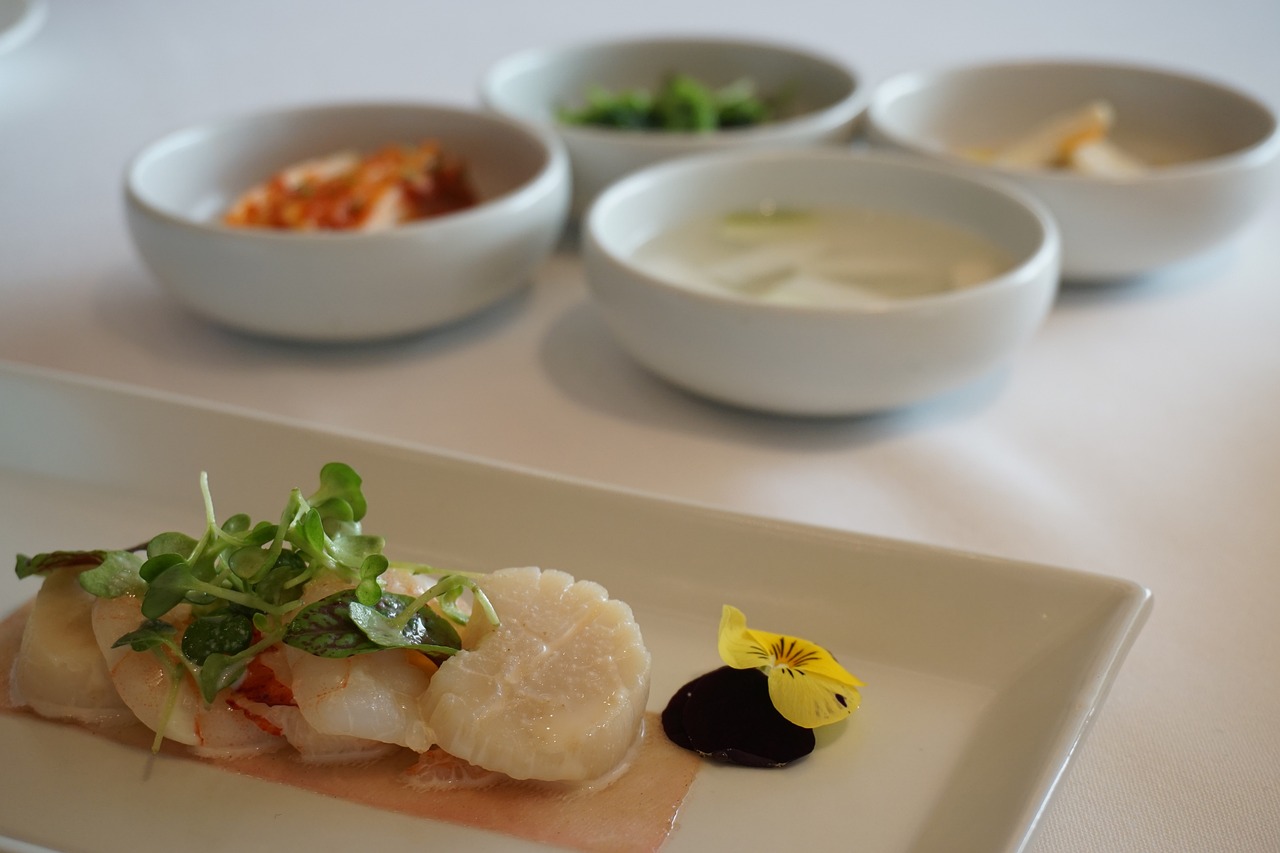
Preparation Techniques
When it comes to preparing the iconic Korean dish Bibimbap, there are several key techniques that ensure a delicious and visually appealing outcome. One of the essential steps in making Bibimbap is cooking the rice to perfection. The rice should be fluffy yet slightly sticky, providing a solid base for the vibrant toppings to sit on. Properly cooked rice is crucial for the overall texture and taste of the dish.
Marinating the meat is another crucial aspect of preparing Bibimbap. Whether you choose beef, chicken, or tofu as your protein source, marinating it in a flavorful blend of soy sauce, garlic, and sesame oil adds depth and richness to the dish. The marinated meat brings a savory element that complements the fresh vegetables and spicy sauce.
Sautéing the vegetables is a step that adds both flavor and texture to Bibimbap. Each vegetable, from spinach to mushrooms, should be cooked to retain its natural crunch while absorbing the savory flavors of the pan. The variety of textures and tastes from the sautéed vegetables contribute to the overall complexity of the dish.
Assembling the Bibimbap is where creativity meets tradition. The visual appeal of this dish is as important as its taste. Layering the rice, meat, vegetables, and gochujang sauce in an artful arrangement not only enhances the presentation but also ensures that each bite is a harmonious blend of flavors. The colorful ingredients create a feast for both the eyes and the palate.
For those looking to elevate their Bibimbap experience, the Stone Bowl Bibimbap offers a unique twist on the traditional preparation method. Served in a hot stone bowl, this variation creates a crispy layer of rice at the bottom, adding a delightful crunch to each bite. The sizzling bowl keeps the ingredients hot and fresh, enhancing the overall dining experience.

Stone Bowl Bibimbap
Stone Bowl Bibimbap is a popular variation of the traditional Korean dish that adds an extra element of excitement to the dining experience. Served in a sizzling hot stone bowl, this version of Bibimbap creates a crispy layer of rice at the bottom, adding a delightful crunch to each bite. The heat from the stone bowl continues to cook the ingredients, enhancing the flavors and textures of the dish.
One of the key highlights of Stone Bowl Bibimbap is the contrast between the hot stone bowl and the cool, fresh ingredients on top. As the dish is served, the ingredients sizzle and steam, creating an enticing aroma that tantalizes the senses. The presentation of Stone Bowl Bibimbap is visually striking, with vibrant colors and textures that make it a feast for both the eyes and the palate.
The stone bowl not only adds an element of drama to the dish but also helps to keep the food warm throughout the meal, ensuring that each bite is as delicious as the first. The combination of flavors in Stone Bowl Bibimbap, from the savory meat to the crisp vegetables and spicy gochujang sauce, creates a harmonious blend that is both comforting and satisfying.

Regional Variations
When it comes to Bibimbap, regional variations play a significant role in shaping the diverse flavors and styles of this beloved Korean dish. Different areas in Korea have put their unique spin on Bibimbap, incorporating local ingredients and culinary traditions to create distinctive versions that cater to various tastes and preferences.
One notable regional variation is Jeonju Bibimbap, hailing from the city of Jeonju in South Korea. Renowned for its meticulous arrangement and use of high-quality ingredients, Jeonju Bibimbap is a must-try for any Bibimbap enthusiast. The careful assembly of colorful vegetables, perfectly cooked rice, and savory protein creates a visually stunning and delicious dish that showcases the culinary expertise of Jeonju.
Another intriguing variation is Hemul Bibimbap, a seafood lover's delight that features an assortment of fresh seafood like shrimp, squid, and octopus. The addition of seafood brings a delightful oceanic twist to the traditional Bibimbap, infusing it with briny flavors and unique textures that set it apart from other variations.
Exploring the regional variations of Bibimbap allows food enthusiasts to experience the rich tapestry of Korean cuisine, each version offering a glimpse into the diverse culinary landscape of Korea. Whether you prefer the traditional flavors of Jeonju Bibimbap or the seafood-infused goodness of Hemul Bibimbap, there is a regional variation of Bibimbap to suit every palate.
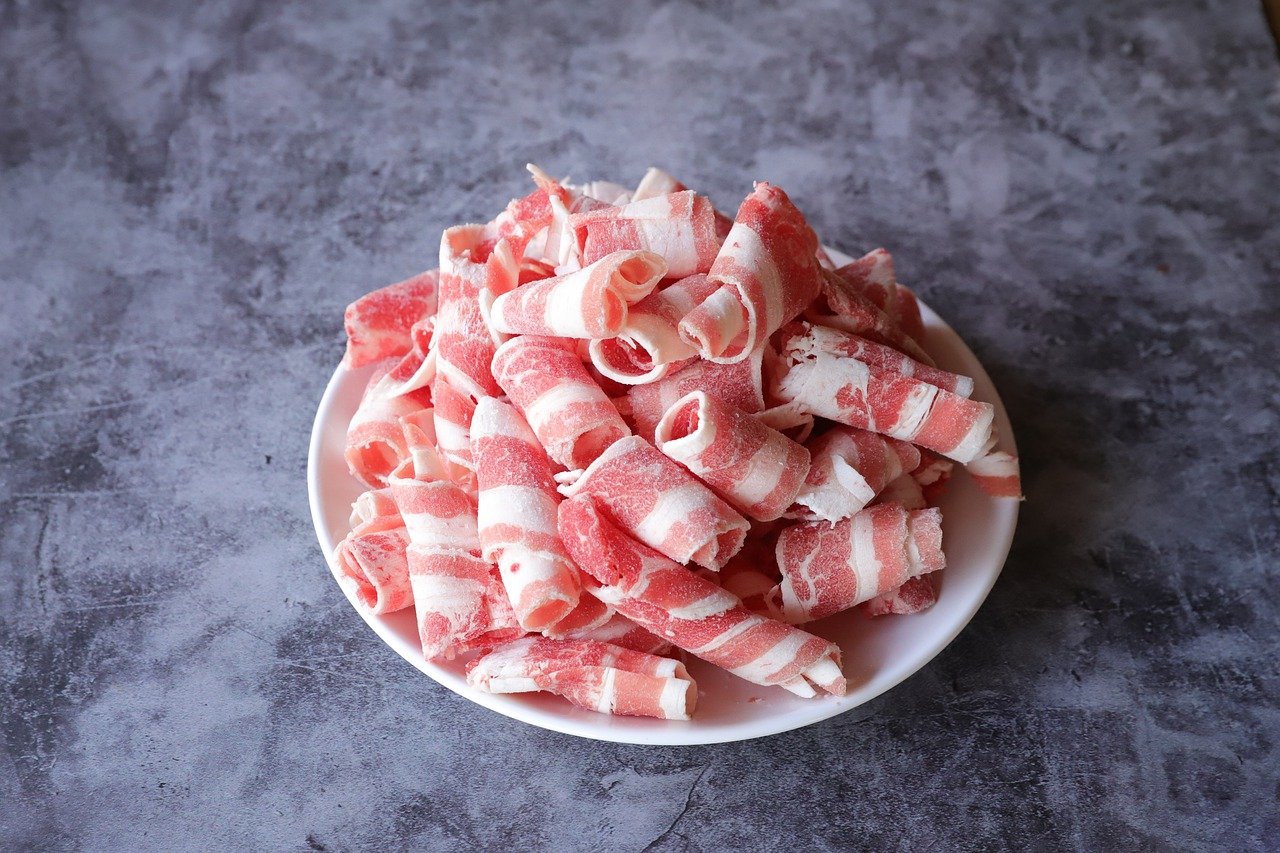
Jeonju Bibimbap
Jeonju Bibimbap is a renowned variation of the traditional Korean dish that hails from the city of Jeonju, known for its culinary excellence. This particular Bibimbap stands out for its meticulous arrangement and the use of high-quality ingredients, making it a must-try for any Bibimbap enthusiast. The dish typically features a colorful array of fresh vegetables, perfectly seasoned meat, and the iconic spicy gochujang sauce, all beautifully presented in a visually appealing manner.
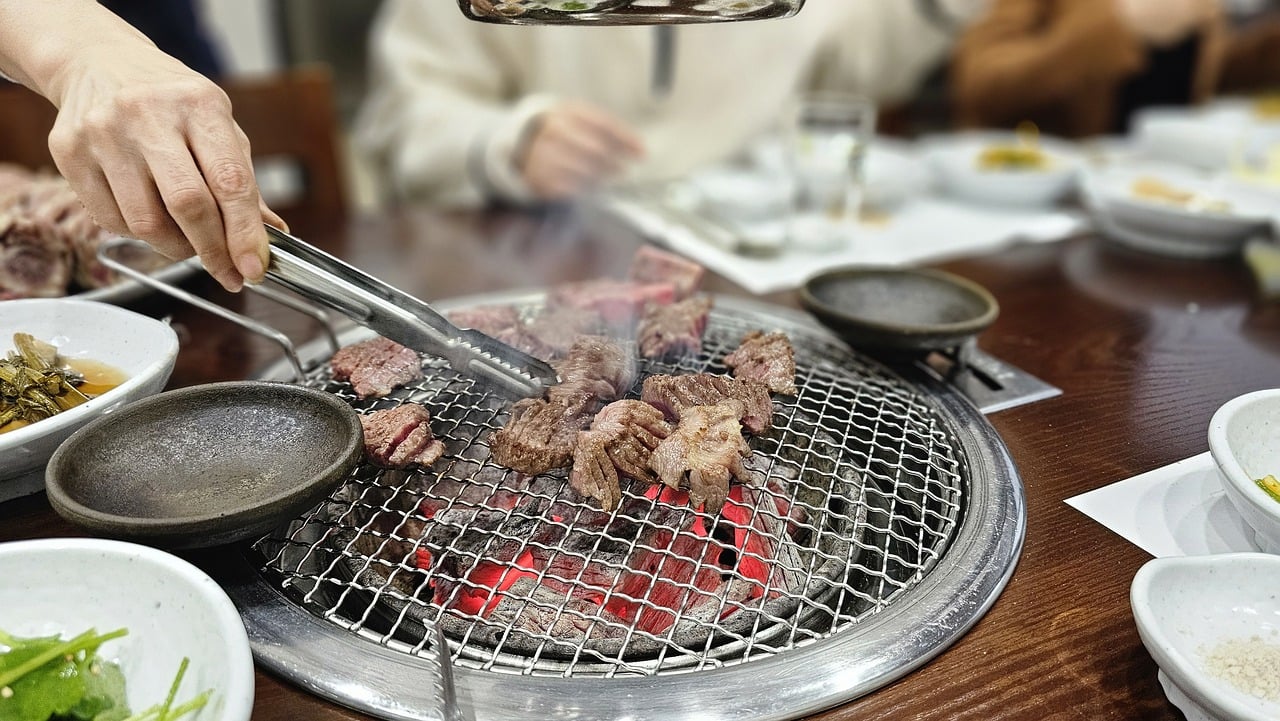
Hemul Bibimbap
Hemul Bibimbap is a delightful variation of the traditional Korean dish, featuring an array of fresh seafood that elevates the flavors to a whole new level. This version of Bibimbap typically includes a combination of shrimp, squid, and octopus, creating a seafood lover's dream on a sizzling hot stone bowl.
The seafood in Hemul Bibimbap adds a unique oceanic twist to the dish, with the flavors of the sea blending harmoniously with the spicy gochujang sauce and the assortment of vegetables. The freshness of the seafood combined with the crispy layer of rice at the bottom of the stone bowl creates a textural experience that is both satisfying and delicious.
Each bite of Hemul Bibimbap offers a burst of flavors, from the brininess of the seafood to the crunch of the vegetables, making it a popular choice for those looking to explore different variations of this beloved Korean dish. Hemul Bibimbap is a must-try for seafood enthusiasts and those seeking a unique culinary experience.
Frequently Asked Questions
- What is Bibimbap?
Bibimbap is a traditional Korean dish that consists of a mixture of rice, vegetables, meat, and a spicy sauce. The ingredients are beautifully arranged in a bowl and mixed together before eating, creating a harmonious blend of flavors and textures.
- Is Bibimbap spicy?
While Bibimbap can be spicy due to the gochujang sauce, the level of spiciness can be adjusted according to personal preference. If you prefer a milder taste, you can reduce the amount of sauce or opt for a non-spicy version of Bibimbap.
- What are the key ingredients in Bibimbap?
The key ingredients in Bibimbap include rice, various vegetables like carrots, bean sprouts, and spinach, protein sources such as beef or tofu, and the signature gochujang sauce. These components come together to create a flavorful and satisfying meal.
- How is Stone Bowl Bibimbap different?
Stone Bowl Bibimbap is a variation of Bibimbap that is served in a hot stone bowl, creating a crispy layer of rice at the bottom. The heat from the bowl continues to cook the ingredients, adding a unique texture and flavor to the dish.
- What are some regional variations of Bibimbap?
There are various regional variations of Bibimbap in Korea, such as Jeonju Bibimbap known for its high-quality ingredients and meticulous arrangement, and Hemul Bibimbap which features an assortment of fresh seafood like shrimp and squid. Each region puts its own twist on this classic dish.













